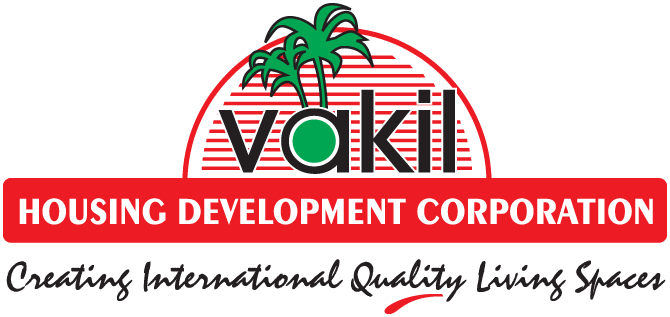Tips on How to Manage your Home Loan Smartly
 Aditya and Meghna are in their late 30s and have taken a home loan of Rs 20 lakh for a period of 20 years. This loan was taken at a fixed interest rate of 13%. With still a decade to go for repaying the loan, the couple are now faced with the interesting prospect of refinancing their loan to another bank for an interest rate of 11%. With the penalty on pre-payment of loans no longer a clause to worry about, this seems like a good step for the couple to take.Let us work on a few calculations to understand the benefit of refinancing the loan at this stage.
Aditya and Meghna are in their late 30s and have taken a home loan of Rs 20 lakh for a period of 20 years. This loan was taken at a fixed interest rate of 13%. With still a decade to go for repaying the loan, the couple are now faced with the interesting prospect of refinancing their loan to another bank for an interest rate of 11%. With the penalty on pre-payment of loans no longer a clause to worry about, this seems like a good step for the couple to take.Let us work on a few calculations to understand the benefit of refinancing the loan at this stage.
- The couple’s current EMI is approximately Rs 23,433.
- Their outstanding principal is approximately Rs 15,69,320.
- The processing fee applicable when refinancing is around 1.5% (in some cases it may go up to 2%) on the outstanding amount, This brings their outstanding to Rs 15,92,860.
- The new monthly installment for the 10-year period remaining with 11% interest is now Rs 14,734.
- The savings over a 10 year period for Aditya and Meghna will be Rs 86,990.
Many home loan holders are often wooed by other banks that offer lower rates of interest or a change from fixed to floating, if you shift your loan to their bank. Tempting as it may be, here are a two questions you need to ask yourself:
- Switching from fixed to floating involves a conversion fee of around 1.5% to 2% per cent on your outstanding. Is it really worth it?
- Change in interest rates may affect all banks. There are chances that once you make a move, the home loan market takes a turn and the rates at your new bank are also hiked.Is this a risk you are willing to take?
When you shift your loan to another bank with a lower rate of interest, there are a few benefits that you may avail of, depending on your needs. You may work on renegotiating the terms and conditions of your loan. You may try to increase the duration of your loan and reduce the EMI, an option which your current bank may not give you.The value of your property may have appreciated with time and you may require a top up to renovate or refurbish your home. This will help increase its value on the resale. Not every home loan organization has a provision for a top-up for an on-going loan. When you refinance your loan, this is a possibility you may have.When you refinance a loan, in some cases, you may also look forward to better services and utilities, which you may not have received with your earlier bank.What you have to keep in mind is that the process of refinancing is the same as applying for a new loan with a few additions. You will first need to submit an application to your current loan provider to sanction the refinancing of your loan.You will receive an NOC, a statement for your outstanding loan amount, and the documentation related to your home. Once submission to the new bank is done, all the outstanding will be cleared with your previous loan provider. Your account will be closed and all documentation shifted to the new bank.As a general rule of thumb, a difference of 0.5% to 1% in interest rates for home loans is a good deal, if you are considering refinancing your loan to another bank. Make it a point to evaluate the savings you will have at the end of the loan tenure.
